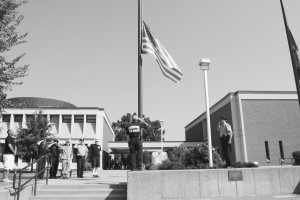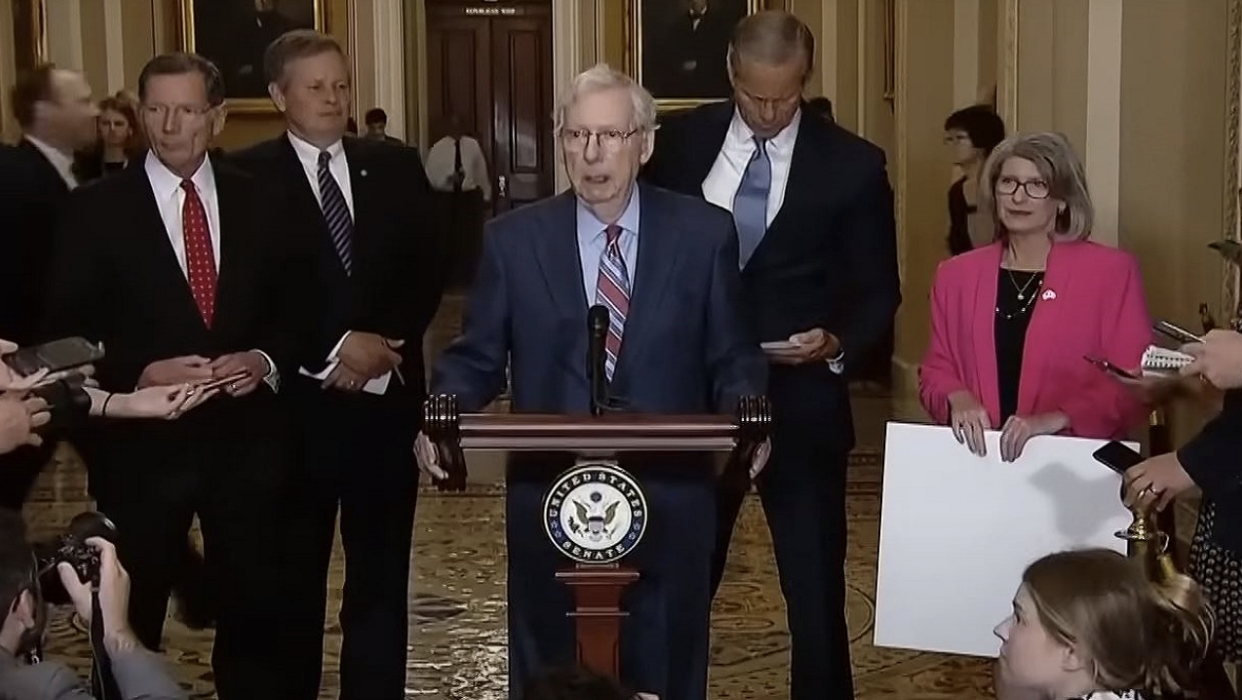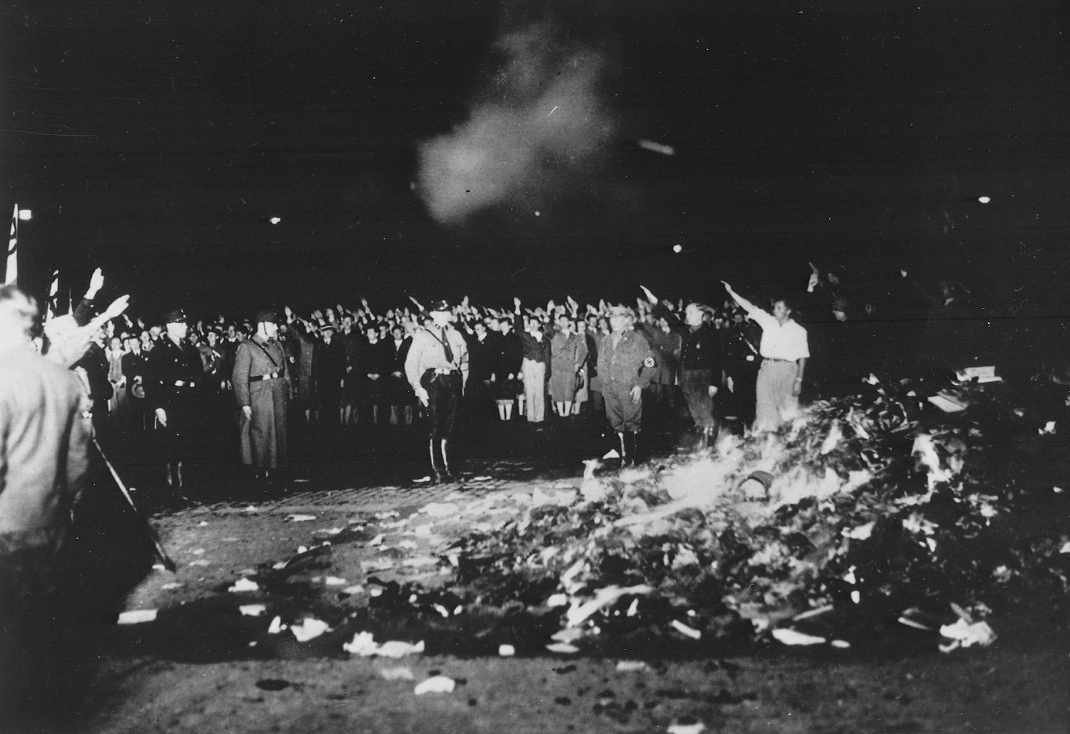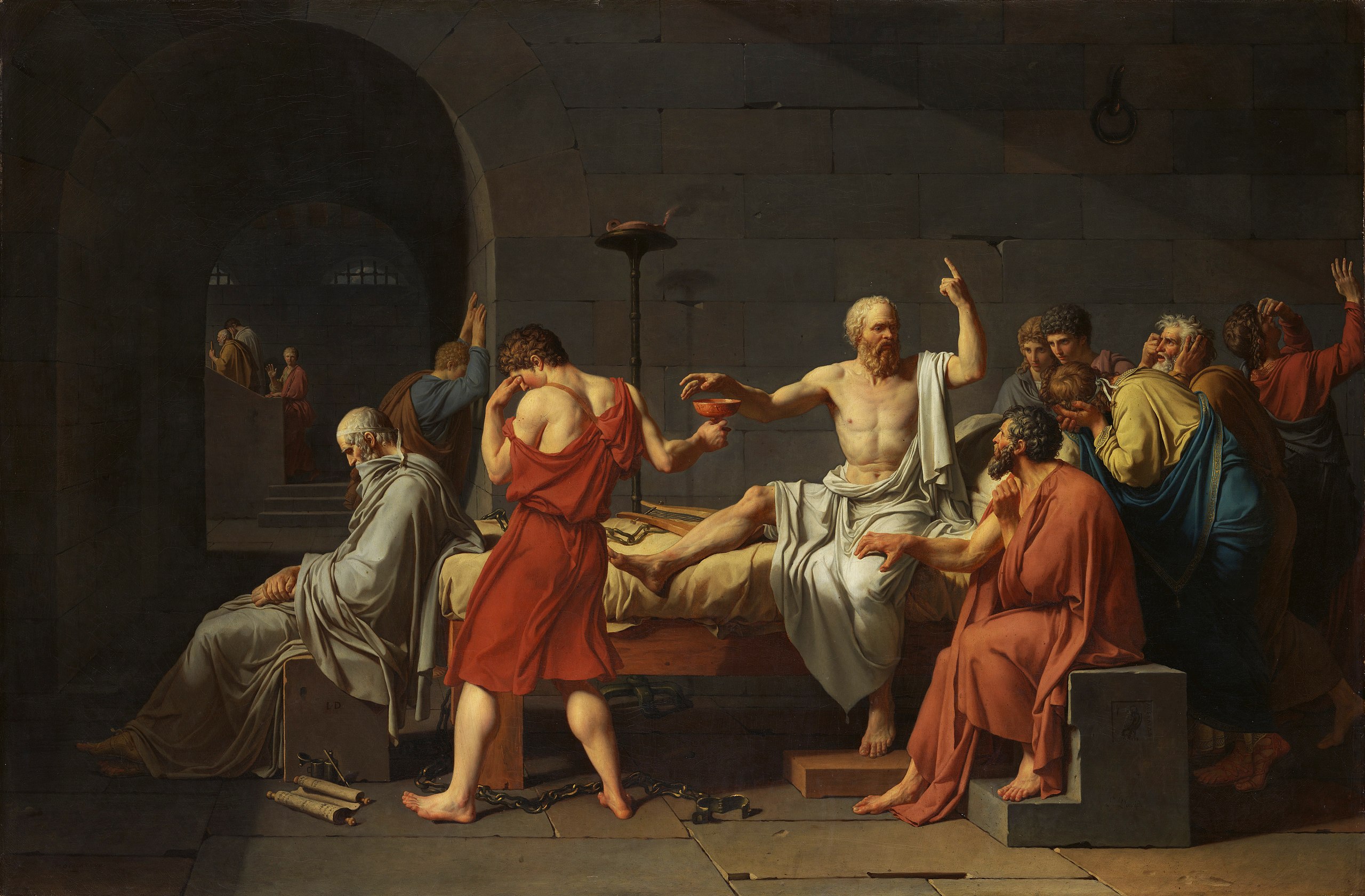From the perspective of a firsthand witness
By: ROBERT KNIGHT
Staff Writer

Planes deliberately flying into their twin towers targets engulfing entire floors in jet fuel and flames.
Thick black smoke billowing from the twin towers and a gaping black hole in the Pentagon.
People – not bodies, but people – falling dozens of floors because they jumped to escape the scorching flames and choking smoke.
Ambulances, fire trucks, police cars and dozens of first responders selflessly rushing into the maw of imminent danger to do their duty to battle the fire, smoke and death.
The twin towers collapsing onto themselves as they pancake down when the strength of steel skeleton in the burning floors finally lost the battle against gravity pulling down the immense weight of the floors above.
A huge cloud of billowing dust and smoke spreading from the rubble of the twin towers to engulf and choke many surrounding blocks.
People reacting as they realize evacuees and first responders were crushed in the rubble.
These are iconic images from the Sept. 11, 2001 we now refer to simply as 9/11.
People will always remember where they were when they watched those iconic images on TV. College students ask each other, “where were you on 9/11?” The question is less meaningful to those who were too young in 2001 to have many significant memories. Then there are those of us who cannot forget because we were there.
First responders were there emotionally because their brothers and sisters died in the twin towers doing their duty. Every time they go on a call something similar could happen to them. Veterans and Department of Defense employees may have an emotional connection because their brothers and sisters were a target on 9/11; and again just this past Monday, when Naval Sea Systems Command HQ (NAVSEA HQ) in the Washington Navy Yard was the target of a mass shooting. My last assignment in the Navy was as the Staff Equal Opportunity Advisor assigned to that same NAVSEA HQ. Ironically, my NAVSEA duties put me at the Pentagon on the morning of 9/11.
Because I was there, almost any day can be 9/11 if I dare to “go there” and let the tears flow again. If I “go there,” I may find depression or post-traumatic strss disorder (PTSD), or I may find catharsis. The only way I can know which is to “go there.” You see, I was at the Pentagon Metro station and bus stop about 20-30 minutes before American Airlines Flight 77 hit its target. So, for me “going there” means re-experiencing my morning at the Navy Annex near the Pentagon as Flight 77 flew past just before impact.
For me, “going there” means hearing Flight 77 fly by again when I was seven minutes into interviewing a group from the Chief of Naval Operations’ (CNO) staff. Flight 77 flew past close enough to shake the building. “Going there” means feeling then hearing the plane hit the Pentagon because the Navy Annex was so close. “Going there” means standing beside the stone wall perimeter of Arlington Cemetery just outside the gate to Fort Myer and looking into the gaping black hole in the side of the Pentagon.
Worst of all, “going there” means feeling helpless again because I wanted to go help but we were ordered to stand fast. I wanted to go help because I had been through Advanced Shipboard Fire Fighting Training and was a Repair Locker Leader on my last ship. So, I knew more than a little about firefighting and providing first aid. But I had my orders. The only consolation I have from that terrible day is to know the only reason some people on the CNO’s staff survived that day was because it just happened to be my duty at that time on that day to conduct a group interview of part of the CNO’s staff. Unfortunately, that consolation is not yet cathartic enough at any given time to stop my tears.
Though any day can be 9/11 for me and other people who have a strong emotional connection to that tragic day, 9/11 recognition ceremonies still serve a useful purpose. They allow everyone who chooses to remember 9/11 an opportunity to remember that day in a way that is uniquely meaningful to each person. Even those of us who sometimes go deeper than remembering by re-experiencing that day can benefit from doing something meaningful with other people to remember together.











